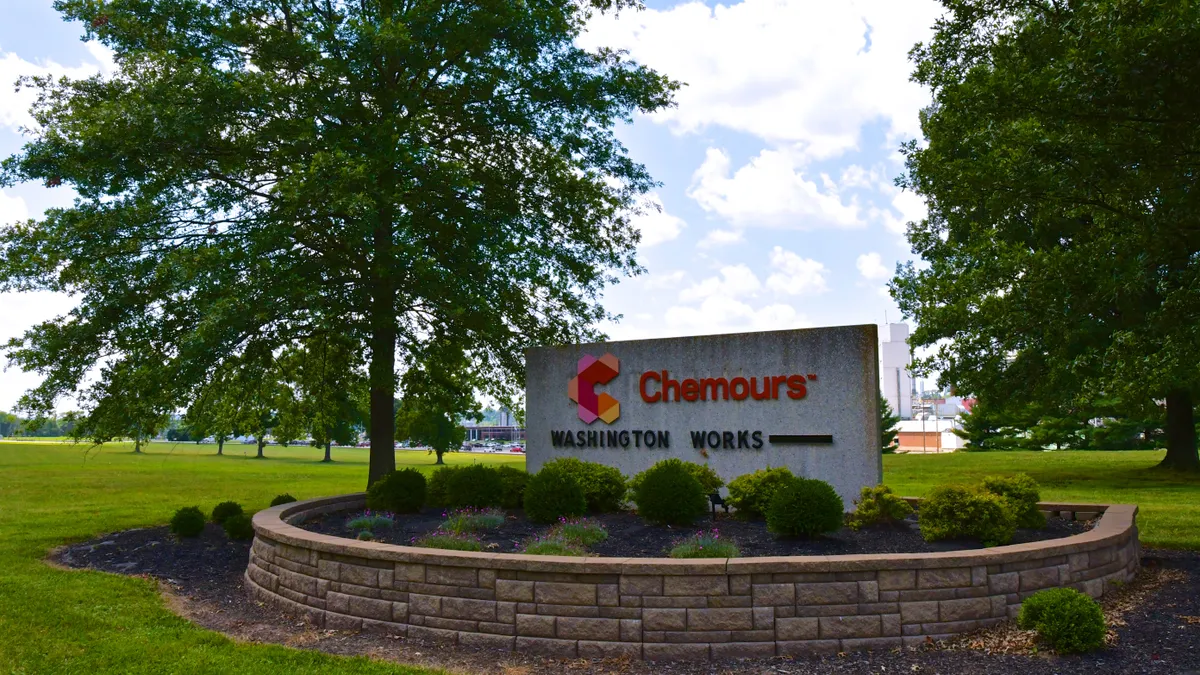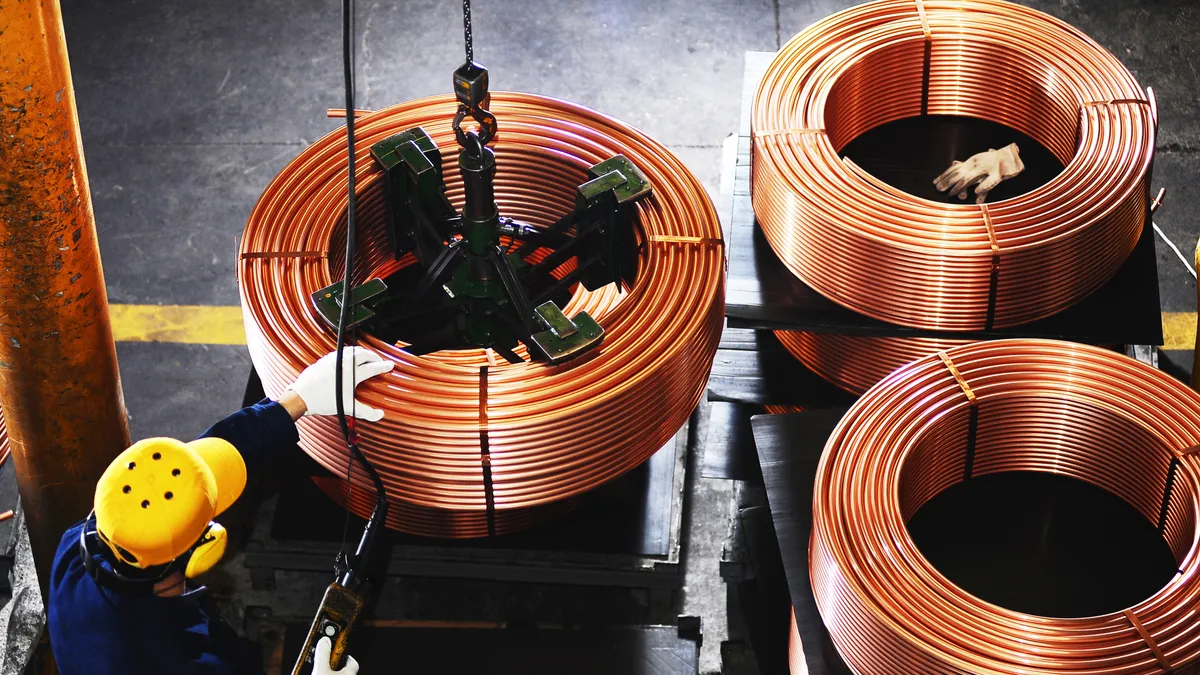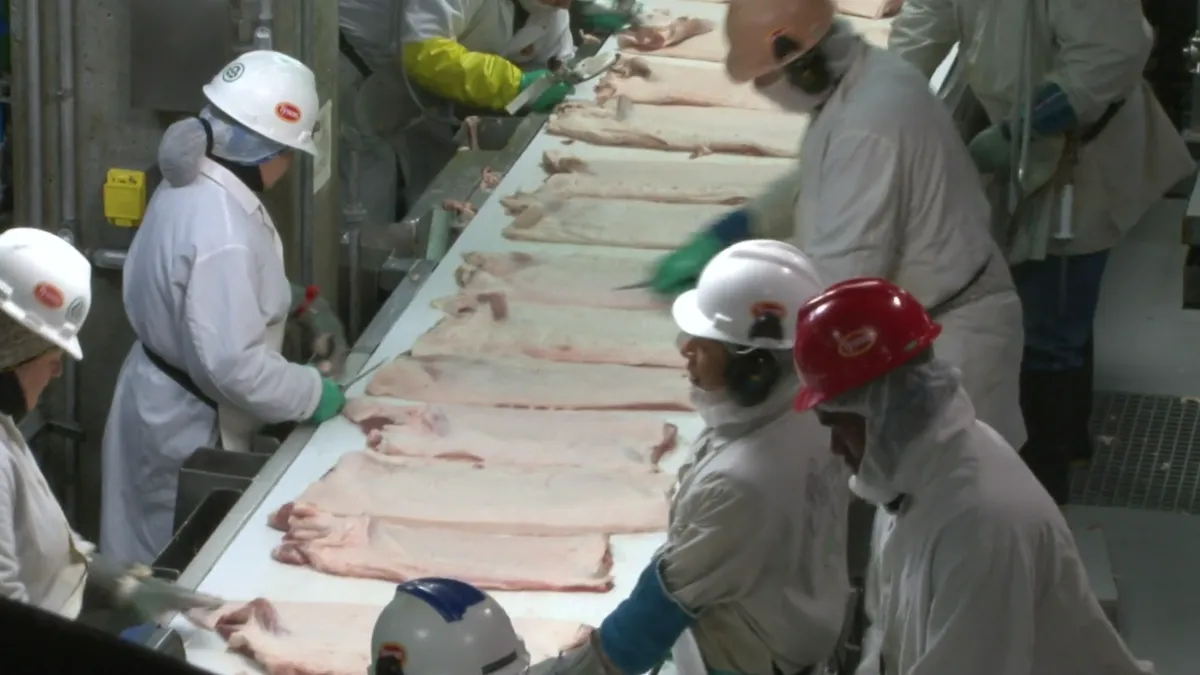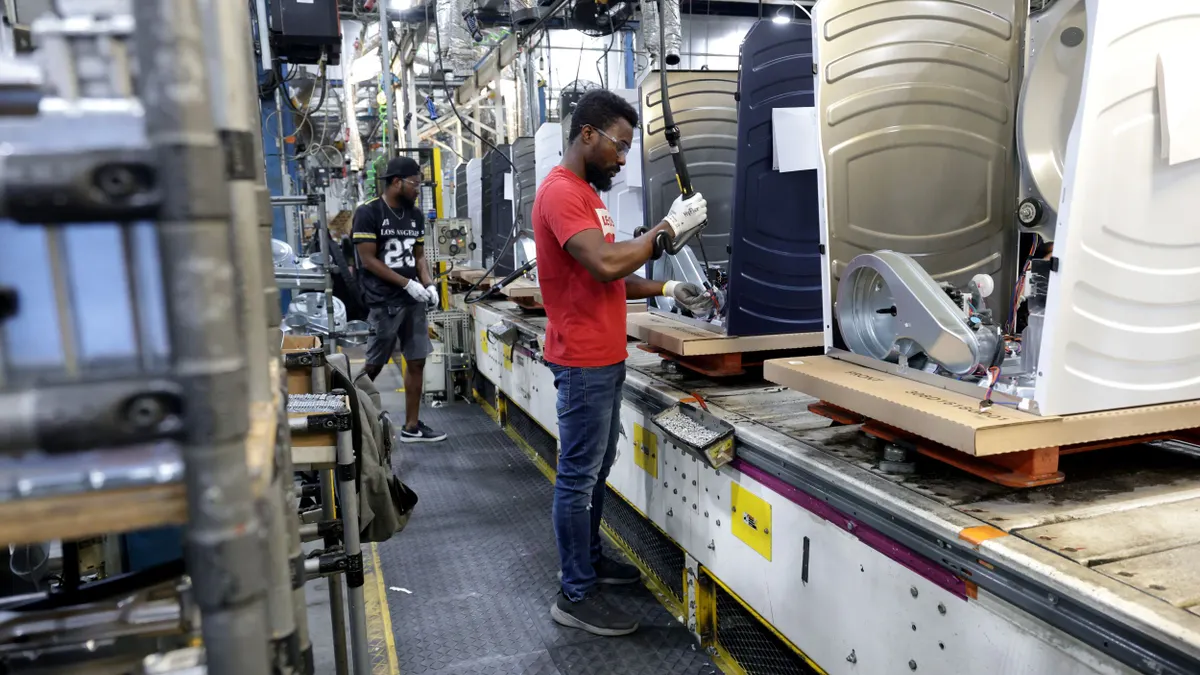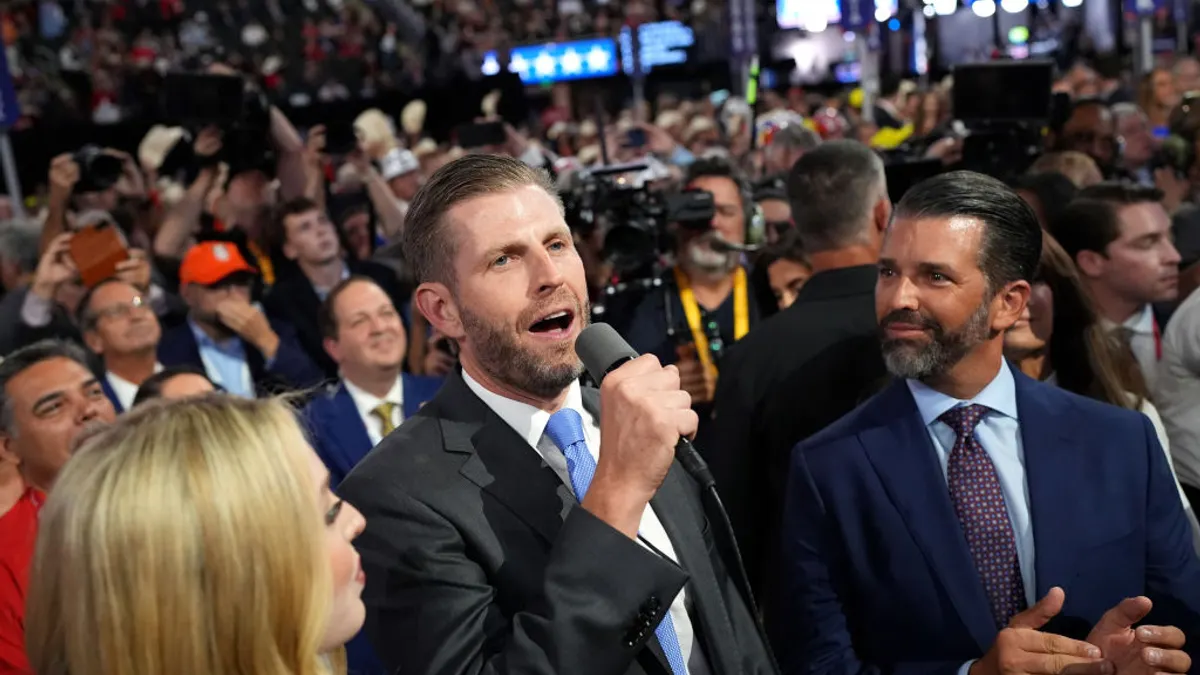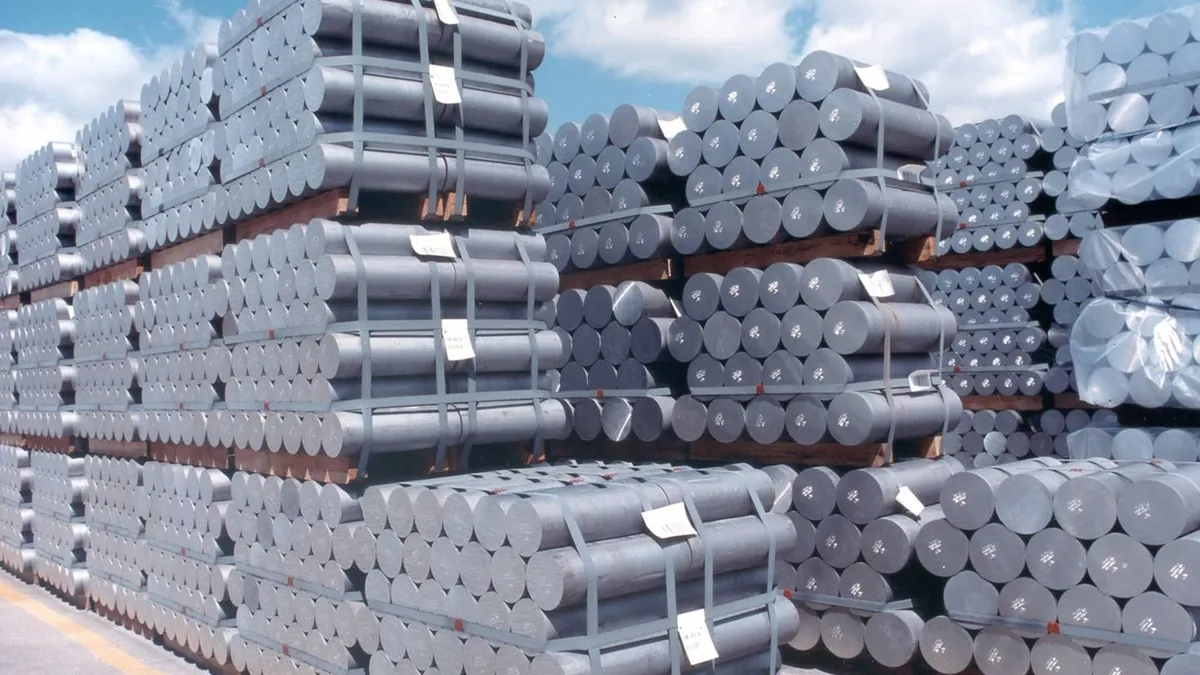A federal judge has ordered The Chemours Co. to stop releasing PFAS chemical waste into the Ohio River from its Washington Works manufacturing facility in Wood County, West Virginia, according to court documents filed Aug. 7.
The ruling is a response to a request filed by the West Virginia Rivers Coalition in February. The environmental nonprofit has asked the federal court to intervene and order Chemours to stop releasing the harmful “forever chemicals” waste, notably hexafluoropropylene oxide dimer acid (HFPO-DA) and its ammonium salt (GenX), saying it could jeopardize public drinking water sources.
HFPO-DA and GenX are used in the manufacturing process of fluoropolymers, according to the Chemours website. DuPont de Nemours developed the fluorochemicals in 2009 as part of a U.S. EPA program to phase out perfluorooctanoic acid or PFOA, as part of the agency’s efforts to address the impact on public health and natural resources.
However, the EPA has been assessing the impacts of HFPO-DA and GenX since DuPont submitted the chemicals to the agency. The agency found that oral exposure could impact public health, such as the liver, immune system, kidneys, and offspring development and may cause cancer, based on animal studies, according to a 2023 fact sheet.
In April 2023, the EPA ordered Chemours to address the PFAS pollution released by the plant into stormwater and identify the extent of contamination from the discharges. The directive was the first EPA Clean Water Act enforcement action taken to hold companies accountable for discharging PFAS into the environment.
Chemours “blatantly violates” the Clean Water Act, by allegedly releasing past the HFPO-DA and GenX pollutant limit set by the law, increasing exposure and putting the public health at risk, U.S. District Judge Joseph Goodwin wrote in the ruling.
“This agreement is memorialized in a permit,” Goodwin wrote. “But Defendant Chemours has treated its permit more as full permission to act without constraint. Chemours boldly violates its permit and admitted as much at the preliminary injunction hearing.”
Chemours is disappointed in the court’s ruling, stating it “strongly disagree with its characterization,” and plans to appeal, Cassie Olszewski, a Chemours spokesperson, said in an email.
“Washington Works has demonstrated positive progress in reducing its PFAS emissions,” Olszewski said. “As recognized by the court in the ruling, Washington Works’ HFPO-DA discharges in question have fallen within the permitted limits in recent months, and we will look to maintain this compliance as we continue to implement abatement actions and take other steps at the plant.”
Washington Works’ complicated history
The Washington Works plant is an infamous entity in the history of PFAS litigation. The plant was the first PFAS-producing chemical site to be investigated in the U.S. after West Virginian farmer Wilbur Tennant and environmental attorney Robert Bilott accused DuPont of knowingly dumping harmful PFAS contaminants into the surrounding community in the late 1990s, which Goodwin cited in his opinion.
The case kick-started the era of increased scrutiny of the impacts of PFAS on humans and the environment. It led states and cities to file their own suits against the companies, many of which are ongoing today.
DuPont owned the Washington Works plant from its opening in 1948. The site began producing Teflon and plastics in 1951. Chemours took over the Washington Works site and Teflon production — as well as their environmental issues — in 2015, when DuPont split Chemours and Corteva off as separate entities. Washington Works still produces fluoropolymer products, according to the Chemours website.
Goodwin points out that Chemours has been aware of the hazardous chemicals since its predecessor was sued in 1999, including Tennant’s lawsuit.
The ruling is also part of the West Virginia Rivers Coalition’s ongoing lawsuit with Chemours, which the nonprofit filed in December 2024, accusing the company of violating the Clean Water Act at the Washington Works facility.
The law allows the public to hold companies accountable and sue for violating the Clean Water Act if federal, state and local agencies do not enforce the regulations in the permit.
Additionally, the public can request the court to intervene if they can prove the entities are putting residents in danger, which Goodwin said the West Virginia Rivers Coalition does. The nonprofit attached reports to its initial lawsuit that detailed the various levels of toxic substances released from the Washington Works facility’s discharge outlets, indicating that the company had exceeded the required limits, to which Goodwin agreed. The HFPO-DA limits for outlet 002 are a monthly average of 1.4 micrograms per liter and a daily maximum of 2.3 micrograms per liter. Whereas the limits for outlet 005 are a monthly average of 1.1 micrograms per liter and a daily maximum of 2.3 micrograms per liter.
A Chemours salesperson testified that the Washington Works facility produces various per- and polyfluoroalkyl substances to address demand from its customers in the semiconductor, aerospace, telecommunications, energy and national security sectors.
Chemours workers have also stated in their dispositions that the facility has been noncompliant for the past seven years; however, it has been working toward compliance since the West Virginia Department of Environmental Protection permit took effect in 2018.
“Nothing that we've thought of that we could do immediately that would allow us to get into compliance,” according to the testimony from plant manager, James Hollingsworth. “We've looked hard at that.”
The company will also continue to experience issues during “wet weather events” until Chemours has installed all compliant equipment, Hollingsworth added. Moreover, Hollingsworth stated that if the Washington Works plant is ordered to reduce production to zero, it will result in 500 job cuts.
Goodwin argues that the plant occasionally shuts down for regular maintenance and safety inspections, which can last up to 55 days. During that time, employees are working on the equipment and not production, Goodwin wrote.
Chemours modified discharge outlets 002 and 005 by routing streams of water buildup from “several large, industrial-size rooftop HVAC units” and a roof drain to an existing granular activated carbon treatment system, according to court documents.
“But these modifications did not require [Chemours] to halt production or shut down the plant, nor is there any evidence that employees have lost their jobs because of these changes,” Goodwin wrote.
“By granting the pending motion, I can order [Chemours] to comply by any means necessary with the Permit,” Goodwin said in the court filings. “The Defendant could shut down its Plant, modify its manufacturing processes, reduce production, or send process wastewater off-site to achieve compliance. Compliance may be expensive and burdensome, but it is possible.”
The company has been sampling results from the public water systems, which Olszewski said are safe for consumption. The company has also installed and operated water treatment systems, Olszewski said in the email.
“Chemours is committed to manufacturing its essential chemistries responsibly to minimize impact to the environment and ensure the well-being of our neighbors,” Olszewski said.
The PFAS lawsuits keep coming
The West Virginia lawsuit follows another related to the Ohio River and the Washington Works facility, which the company settled. Chemours, DuPont and Corteva reached a $110 million settlement with the state of Ohio in November 2023 over PFAS contamination claims of contamination from the Washington Works factory. The state claimed that emissions of the PFAS chemical PFOA from the factory harmed the health of nearby Ohio residents and contaminated the environment for more than 70 years.
Earlier this month, the three companies also reached a proposed settlement with the New Jersey Department of Environmental Protection to pay $875 million over a 25-year period to resolve all legacy PFAS-related claims in the state.
Chemours is paying 50% of both settlements as part of a 2021 memorandum of understanding agreement between the three chemical companies.
The New Jersey settlement resulted in a $381 million net loss in its second quarter, compared to $60 million year over year, according to Chemours’ earnings report.
The West Virginia and New Jersey cases are two of many lawsuits Chemours is facing. Come October, Chemours, DuPont, as well as 3M and Corteva, are all slated to have a court date for the first bellwether personal injury trial, according to a securities filing. The plaintiffs are accusing the companies of causing kidney cancer due to their PFAS usage. The court has directed all parties to negotiate and reach a settlement ahead of the trial.



